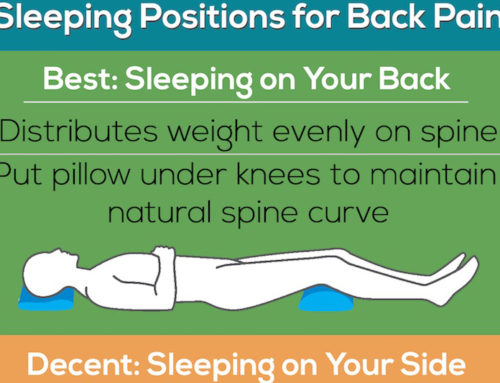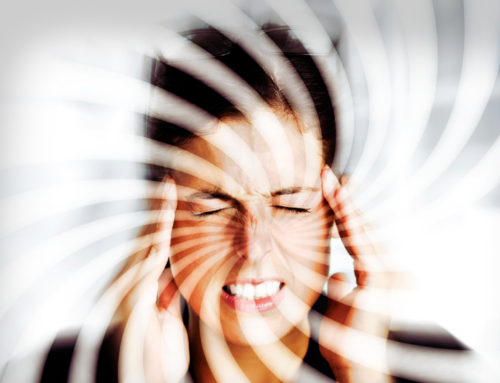
By Dr. Nathan Moore
We all celebrated in unison on September 7th, 2019 as Bianca Andreescu calmly claimed victory at the U.S open. While watching the match, we rocketed through the 5 stages of Canadian sport fandom: excitement, worry, euphoria, worry again and finally acceptance of the result, in this case a positive one. With the Raptors achieving victory in the 2019 NBA finals and now #SheTheNorth replicating their championship performance, it feels good to be a Canadian sports fan. *We will leave the NHL out of this*.
As millions tuned in to watch this past week, two unavoidable questions were asked in every Canadian restaurant, bar and household; ‘why do they keep score like that?’ and ‘why do tennis players grunt/scream/yell/screech/insert synonym?’ The first question I will leave to Google… something about Medieval France. The second question however…
Why do tennis players grunt?
- 1) To increase force output1
- Achieve core stiffness
- 2) To help improve rhythm2
- Timing, habituation
- 3) To effect their opponent3
- Effecting opponent’sability to anticipate the ball
While the International Tennis Federation tries to maintain the manufactured snooty atmosphere that most people associate with golf (cue boisterous New York crowd), the discussion rages on, should grunting be penalized? That debate is a legitimate one, so in the spirit of federal election season, I will avoid it.
Alternatively I will focus on an important issue in injury prevention, rehabilitation and athletic performance: the effect grunting has on force output.
Force Output, Core Stiffness and Breathing
Dr. Stu McGill, a leading authority on all things low back, suggests EVERYONE can benefit from core stiffness as a means of injury prevention and performance enhancement.4
When I reference core in this context I am referring to all of the muscles that contribute to spinal stability, muscles of the torso, abdomen, back and hips. The core in this context is the foundation to every movement.
When our muscles contract they primarily do two things: generate a force and create stiffness.4Stiffness is a key contributor to joint stability. A stable joint helps protect against injury by reinforcing the joint against oncoming loads and challenges.4It also is an important factor in athletic performance. An example often used by Dr. McGill is sprinting. Without core stiffness, an athlete’s torso would bend causing inefficiencies and place asymmetrical stress on the body increasing the potential for injury.4
Many major core muscles cross the shoulder and hip joints and have distal attachments onto the limbs. If the core is appropriately stiffened these muscles can act more efficiently on the limbs (essentially focusing their attention on the distal attachment).4In this way, core stiffness allows the limbs to achieve higher velocity during athletic movement.
So what does this have to do with tennis players grunting?
A grunt can be described as a forceful expiration of air sometimes resulting in sound.1 This forceful expiration is thought to increase core stiffness via bracing in a similar fashion to Valsalva maneuver (https://en.wikipedia.org/wiki/Valsalva_maneuver), without the risk of drastically increasing blood pressure.1Forceful expiration stimulates the muscles of the core causing activation and therefore stiffness. This activation results in a more stable ‘base’ allowing for greater force production during dynamic movements of the limbs. In tennis, the core muscles need to fire to produce rotational power as well as to produce stability in order to facilitate optimal transfer of energy into the limbs.
Simply put, the muscles of the core are crucial in tennis and grunting helps facilitate those muscles, which enhances force output.
In a study by O’Connell et al., the effects of grunting on serve and forehand velocity were examined.1Using college tennis players, they compared the velocities of serves and forehand shots with and without grunting. They also used EMG data to document activation of the pectoralis major and external oblique muscles (two important core muscles in tennis).1
They found a 4.9% increase in tennis ball velocity during forehand shots/serves with grunting compared to those without grunting. In addition, the pec major and external oblique muscles were shown to have significantly greater activity with grunting shots compared to non-grunting ones.1
Other studies have found similar results in other areas of athletics. Moreales et al., found grunting caused a 2% to 5% increase in power lifters and controls, respectively, during an isometric deadlift. Welch and Tschampl found a 7% increase in handgrip force when yelling during the exertion.1
Based on the literature and the groundwork layed out by Dr. McGill a clear picture forms, relating core stiffness, grunting/forceful expiration and performance.
How this Affects You
Getting up from a seated position, squatting at the gym and scoring the final point at a major championship tennis match (while the whole crowd cheers against you) have one thing in common. They are movements! And every movement can benefit from core training. Though grunting has been shown to help with force output, there are other ways to properly engage the core and obtain the benefits of core stiffness. Here are a few guiding principles that can help you:
- 1) Training the whole core, not just the sexy part
- It is tempting to exclusively work out our ‘abs’, especially if the prospect of going to the beach is on the horizon (July is only 10 months away)
- We must train our core 360 degrees (like a ring)- front, sides and back working on any deficiencies in that ring
- 2) Focusing on core endurance over strength
- Core endurance is generally more important than strength for injury prevention4
- 3) Focusing on proper breathing mechanics
- Diaphragmatic breathing
- Activation of core musculature independent of breathing
- Expiration during athletic movements
- 4) Combining the above principles
- Being able to recruit appropriate musculature and utilize proper breathing technique during athletic movements
Final Thoughts
Grunting is an effective way to stabilize the core to optimize an athletic movement such as a serve in tennis. Although tennis players grunt for a variety of reasons, this is demonstrably one of the primary purposes. We can utilize the principles behind grunting in every day life to rehabilitate current injuries, prevent future injuries, and to improve athletic performance. Although with all this being said, Serena Williams’ notorious grunting didn’t seem to help her out against Bianca… must be because she is Canadian!
I am currently accepting new patients, so book in for an assessment if you want to learn more about how chiropractic techniques and exercise can help you in your quest to win the U.S open… or to stabilize your core to rehab/prevent injuries.
Nathan Moore, DC
Impact Health
Thorold, Ontario
References
- O’Connell DG, Hinman MR, Hearne KF, Michael ZS, Nixon SL. The effects of “grunting” on serve and forehand velocities in collegiate tennis players. The Journal of Strength & Conditioning Research. 2014 Dec 1;28(12):3469-75.
- https://en.wikipedia.org/wiki/Grunting_in_tennis
- Müller F, Jauernig L, Cañal-Bruland R. The sound of speed: How grunting affects opponents’ anticipation in tennis. PloS one. 2019 Apr 15;14(4):e0214819.
- McGill SM. Low back disorders: evidence-based prevention and rehabilitation. Human Kinetics; 2015 Nov 17.




